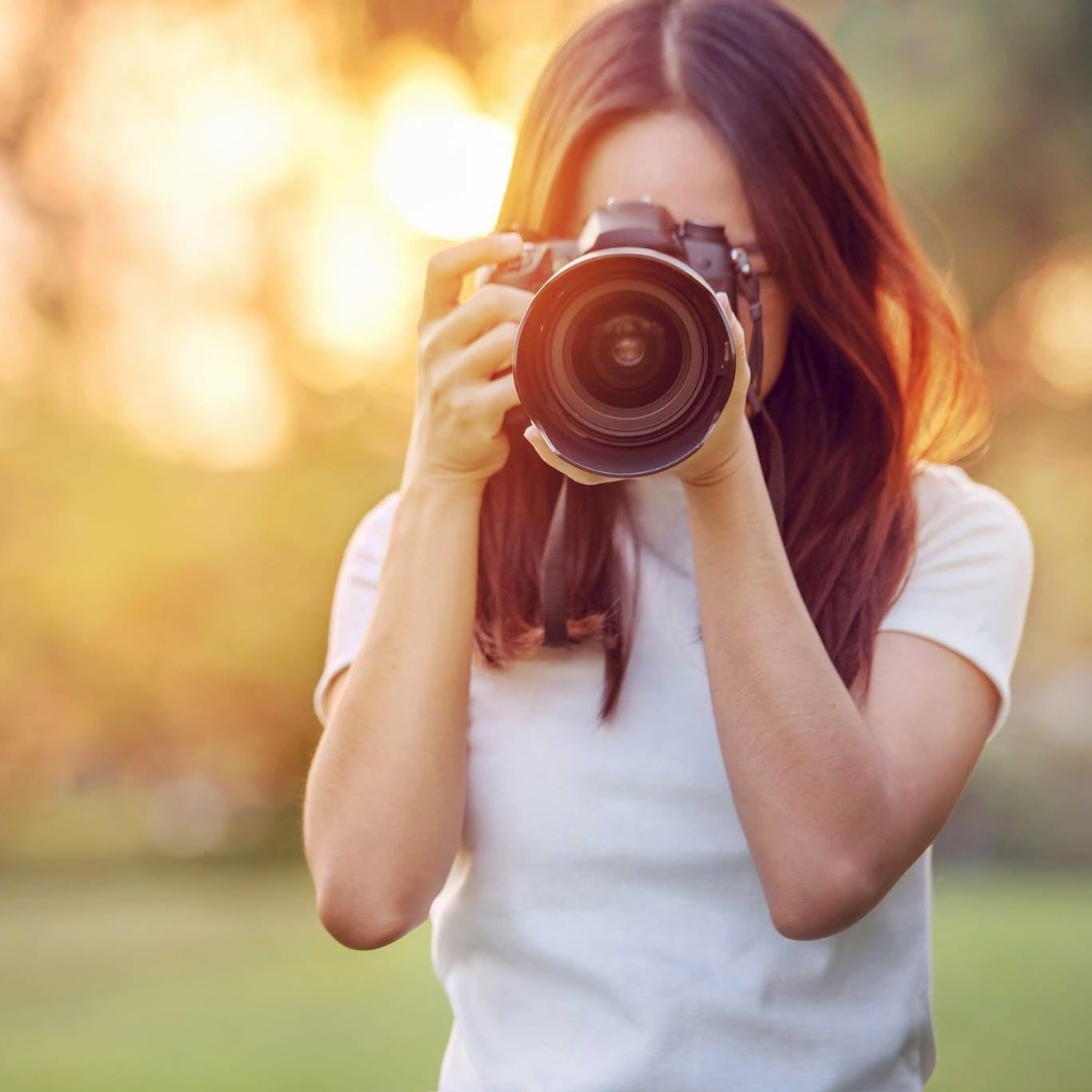8 Rules of Composition That Will Improve Your Images
- Jennifer Costello

- Dec 16, 2021
- 3 min read
Let me begin by saying I use the word "rule" in photography loosely, because all photography composition "rules" can be broken. I've seen many images which go against all the rules of composition and are amazing works of imagination and creativity. I'm sure you have heard the phrase, "You have to know the rules, in order to break them." Well this definitely holds true in photography. I'm not saying to the follow the rules of composition every time, but knowing what they are will allow you to look for them and go beyond. Recognizing the rules of composition is just the beginning of the journey into what you can create!
Here are 8 rules of composition that can help improve your photography, expand your way of thinking and change your perspective:

1. Symmetry - Symmetry is when half of an image mirrors the other half. It helps to create balance and proportion in an image. Reflections are commonly used. It can create harmony and be very aesthetically pleasing to the eye. A perfectly identical reflection is not required to compose a strong symmetrical image.

2. Leading Lines - Anyone who has taken one of my classes knows this is a favorite of mine! Once you start seeing leading lines, you can't help but notice them everywhere. A leading line helps to draw the viewer into the photograph. It can lead your eye to the subject or could just go into infinity. Leading lines can be used in any genre of photography including landscapes, portraits, architecture and street photography.

3. Repetition/Patterns - This rule refers to elements repeating in a single frame and can also very often lead the viewer into the scene. Repetition can be concrete or subtle and abstract. It can include shapes, colors, patterns and objects.

4. Rule of Thirds - Rule of thirds is a composition guideline that breaks an image down into thirds both vertically and horizontally. Rather then placing your subject dead center, which can be common practice, the subject is positioned on a third of the image either to the left or right, leaving the remaining two thirds of the image more open.

5. Low and Close - One of the most common things I see when photographers begin their photographic journey is the need to get lower and closer. If you think you are getting close to your subject....get even closer! Fill the frame with your subject. This closeness helps create better engagement and connection between the viewer and the subject.

6. Create Depth - Adding three specific planes, a foreground, midground and background, to an image helps to create depth and captivate your audience. It can give an image the feeling of being 3D as imposed to a 2D experience. Filling the foreground is often used in landscape photography to create a point of interest.


7. Watch for Distracting Elements/Background - How many times have you gotten home, reviewed your images and noticed something terribly distracting in the background or edge of the frame that you didn't notice while shooting? That lamppost coming right out of the head of your subject! It happens! If you have a moment, take a breathe and look around your frame. Is anything infringing on the sides of the image? Could you recompose or frame tighter to reduce distracting objects? Walk around your subject 360 degrees if you can before committing to the angle. You never know, there could be a cleaner shot just on the other side!

8. Change Your Perspective - While composition is referring to the elements in the frame and how they are arranged, perspective is all about the angle which you are shooting from. If we think about how we see everyday, we see (on average!) in color, with a long depth of field, at eye level and with the angle of a 50mm lens. Changing that perspective up can help to create a more appealing image. So try getting down low or shooting from up high, converting to black and white, opening up your aperture for a shallow depth of field or experimenting with a wide lens. Anytime you can move away from what we see everyday, you create the opportunity to catch the attention of your viewer!
Happy Shooting!
~ Jennifer Costello

Comments